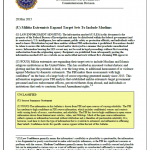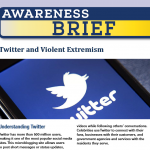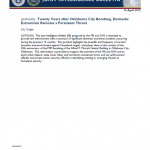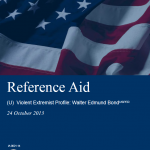
Militia extremists are expanding their target sets to include Muslims and Islamic religious institutions in the United States. This has resulted in increased violent rhetoric and plotting and has the potential to lead, over the long term, to additional harassment of or violence against Muslims by domestic extremists. The FBI makes these assessments with high confidence on the basis of a large body of source reporting generated mainly since 2013. This information augments prior FBI analysis that established militia extremists target government personnel and law enforcement officers, perceived threats from abroad, and individuals or institutions that seek to constrain Second Amendment rights.




